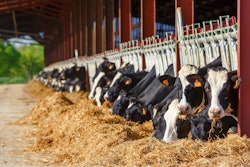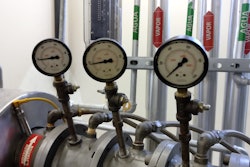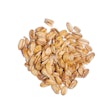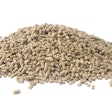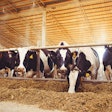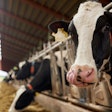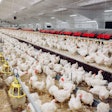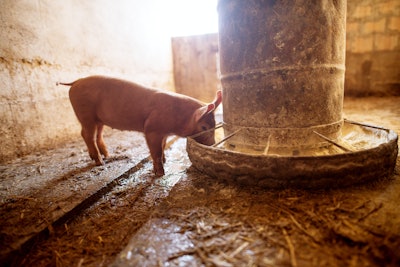
Feed efficiency has long been the cornerstone of profitable pig production. Yet, as we chase ever-lower feed conversion ratios (FCR), it is worth asking: What should our actual target be? And at what point does the pursuit of efficiency begin to harm rather than help?
FCR: a metric, not a strategy
Feed conversion ratio, the amount of feed required to produce a kilogram of body weight, is widely used as a measure of production efficiency. A lower FCR generally means pigs are gaining more weight with less feed, which should translate to lower costs. But FCR is an outcome, not a strategy. Without proper context, it can be misleading.
For instance, heavily muscled genetics might give you excellent FCRs but may also come with health or reproduction challenges. Likewise, pursuing extreme leanness might reduce feed costs per kg of gain but may lead to lower meat quality and market value.
Set the right target for the right system
There’s no universal FCR benchmark. A farrow-to-finish farm in Spain may aim for an average grow-finish FCR of 2.5, while a U.S. contract finisher operating under different genetics and feed conditions may routinely hit 2.7 — and still be more profitable. Instead of chasing abstract ideals, FCR targets should be anchored to your farm’s performance history, local feed prices, genetic potential and market premiums.
Beyond the ratio: margin over feed cost (MOFC)
A more useful metric is margin over feed cost (MOFC), which considers feed efficiency and revenue. A pig that converts feed very efficiently but gains less carcass value might generate less profit than a slower grower on a different diet. However, you need a nutritionist to tailor such diets to achieve this goal.
Benchmarking done right
To benchmark FCR effectively:
- Track phase-specific FCRs (e.g., nursery vs. grow-finish)
- Compare against regional peers and your own historical averages
- Adjust for feed ingredient changes and climate seasonality
- Consider feed intake variability, not just final weight
The goal is not just to lower FCR. The real objective is to align nutritional strategies with broader business outcomes: healthier pigs, better meat and stronger margins. Benchmarking helps, but only if you use the right benchmarks for your system.

